The natural world is full of deceptive beauty, and carnivorous plants have perfected the art of lethal seduction. These botanical predators lure unsuspecting prey with dazzling colors, intoxicating fragrances, and sweet nectar—only to trap them in a one-way journey to digestion. Unlike the violent struggle between animal predators and prey, the hunting strategies of carnivorous plants are slow, deliberate, and often breathtakingly elegant. Their existence blurs the line between flora and fauna, challenging our understanding of what it means to be a plant.
Among the most famous of these green assassins is the Venus flytrap (Dionaea muscipula), whose snap-trap leaves operate with terrifying precision. When an insect brushes against its sensitive trigger hairs, the plant’s lobes snap shut in a fraction of a second—faster than the blink of a human eye. But what many don’t realize is that the Venus flytrap employs a clever fail-safe mechanism: it requires two touches within 20 seconds to avoid wasting energy on false alarms like falling debris. Once trapped, the struggling victim only stimulates more secretion of digestive enzymes, sealing its fate.
Equally fascinating are the pitcher plants (Nepenthes and Sarracenia), which have evolved into passive but highly effective pitfall traps. Their modified leaves form elegant, vase-shaped structures filled with a cocktail of rainwater and digestive fluids. The rim, or peristome, secretes slippery wax and narcotic-laced nectar that intoxicates insects, causing them to lose footing and drown. Some tropical species even collaborate with mammals—the giant Nepenthes rajah attracts tree shrews with sweet secretions, collecting their nutrient-rich droppings in exchange for the "toilet service."
Sundews (Drosera) take a more tactile approach. Their leaves are covered with glistening, mucilage-tipped tentacles that resemble morning dew—hence their deceptively innocent name. When an insect lands, the sticky droplets act like botanical superglue. As the prey struggles, nearby tentacles slowly curl inward, smothering the victim in a digestive embrace. Some species can complete this movement in minutes, while others take hours, demonstrating remarkable variation within this carnivorous family.
The butterwort (Pinguicula) employs a "flypaper" strategy so subtle that its prey may not realize they’re trapped until it’s too late. Its succulent leaves appear harmless, even inviting, with a glossy surface that secretes both sticky mucilage and enzymes. Small insects like gnats become immobilized upon contact, their thrashing triggering additional enzyme release. Meanwhile, the leaf edges may gradually roll inward to increase contact—a macabre imitation of a burrito wrap made of death.
What drives plants to turn carnivore? The answer lies in their habitats. Most carnivorous plants grow in nutrient-poor environments like bogs or acidic wetlands where nitrogen and phosphorus are scarce. By supplementing their diet with animal prey, they gain a competitive edge. This evolutionary adaptation is so effective that some species have abandoned photosynthesis to varying degrees. The Genlisea, or corkscrew plant, has chlorophyll-free underground leaves specialized for trapping microscopic soil organisms—a botanical version of subterranean fishing nets.
The sophistication of these traps raises intriguing questions about plant intelligence. While lacking neurons, carnivorous plants demonstrate a primitive form of memory (as seen in the Venus flytrap’s counting mechanism) and can distinguish between nutrients and non-food stimuli. Recent studies reveal that some species generate action potentials—electrical signals similar to animal nerve impulses—when stimulated. This challenges the traditional boundary between "passive" plants and "responsive" animals, suggesting that evolutionary pressures can produce complex behaviors without brains.
Human fascination with these killers has sometimes turned deadly—for the plants themselves. Overcollection and habitat destruction have pushed many species toward endangerment. The Venus flytrap, endemic to a small region in the Carolinas, faces threats from poaching for the horticultural trade. Meanwhile, climate change alters the delicate water chemistry of pitcher plant bogs. Conservation efforts now focus on protecting these ecosystems, with some botanical gardens maintaining "arks" of endangered species.
Yet there’s hope in their peculiar allure. Carnivorous plants have become unlikely ambassadors for wetland conservation, captivating the public with their otherworldly survival tactics. From Victorian-era fascination that inspired Darwin’s pioneering studies to modern genome sequencing projects, these plants continue to reveal nature’s ingenuity. Their traps are not just mechanisms of death, but masterpieces of evolution—each hair, droplet, and curl representing millennia of refinement in the art of botanical deception.
Perhaps the greatest irony lies in how these plants invert our expectations. Where we see flowers as symbols of innocence, carnivorous species remind us that beauty can be predatory. Their existence whispers an unsettling truth: in the struggle for survival, even photosynthesis sometimes needs a bloody supplement. As research uncovers more about their biochemistry and behavior, one thing becomes clear—the plant kingdom’s "sweet traps" are among evolution’s most brilliantly sinister inventions.
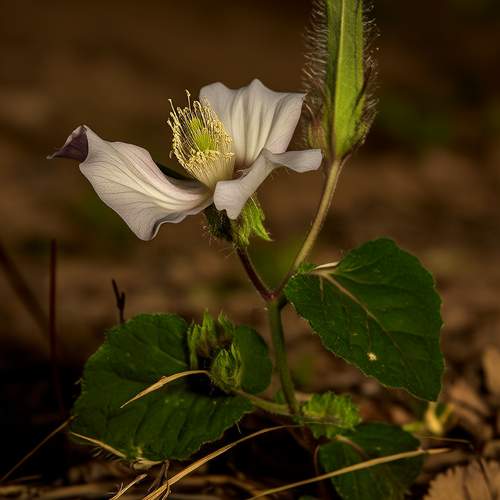
By /May 21, 2025

By /May 21, 2025
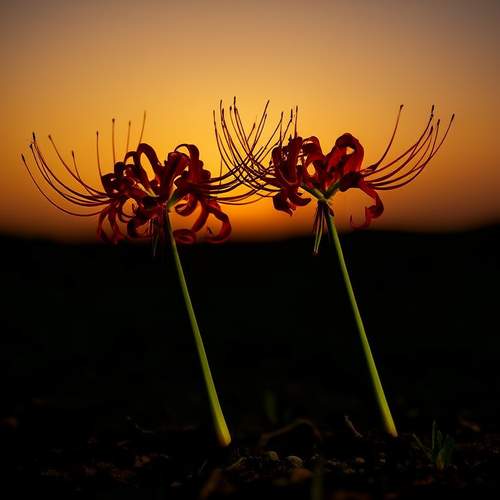
By /May 21, 2025

By /May 21, 2025

By /May 21, 2025

By /May 21, 2025

By /May 21, 2025

By /May 21, 2025

By /May 21, 2025

By /May 21, 2025
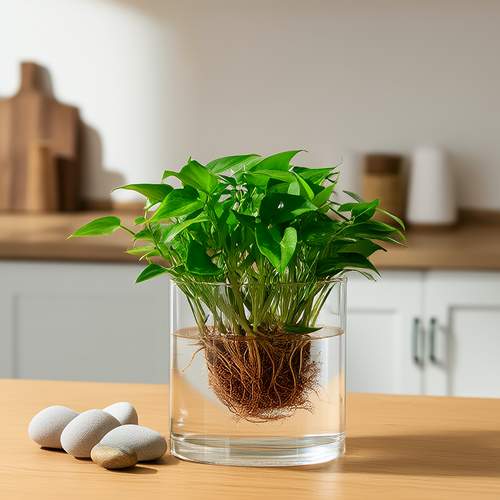
By /May 21, 2025
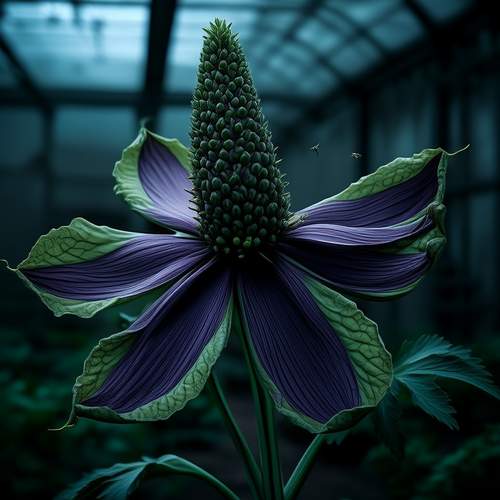
By /May 21, 2025
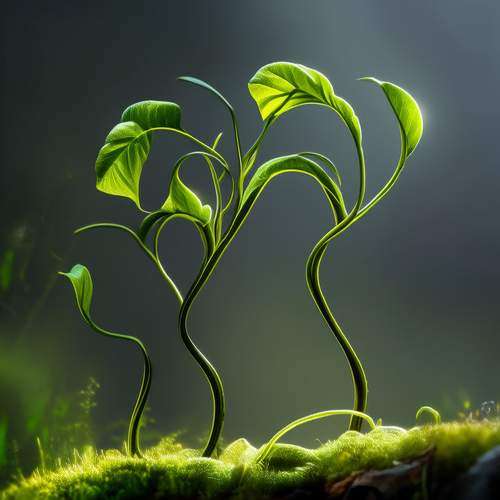
By /May 21, 2025

By /May 21, 2025
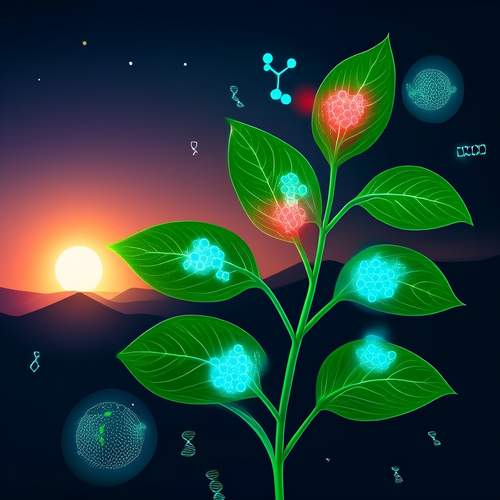
By /May 21, 2025
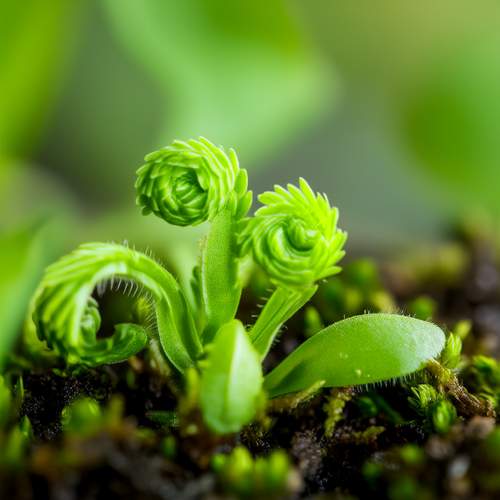
By /May 21, 2025
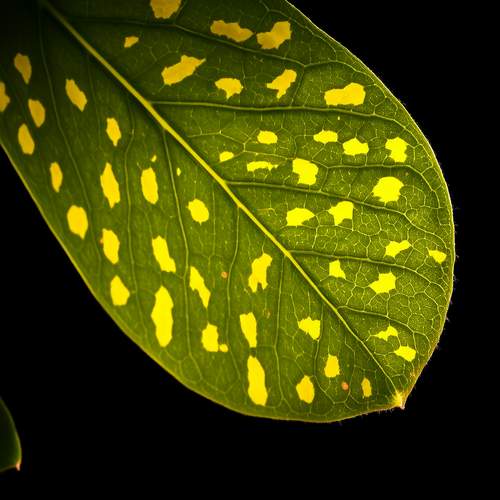
By /May 21, 2025
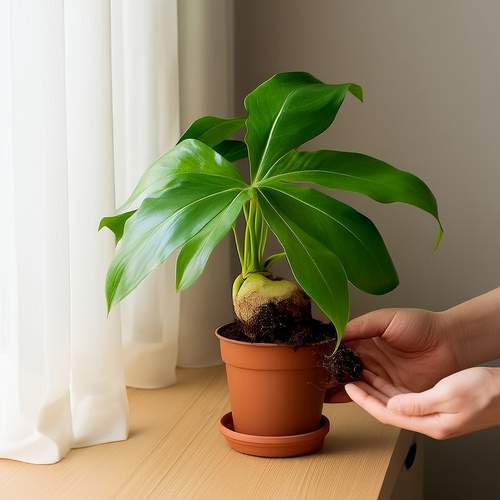
By /May 21, 2025
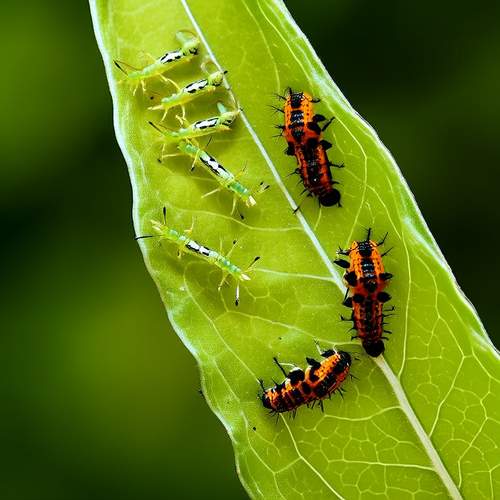
By /May 21, 2025
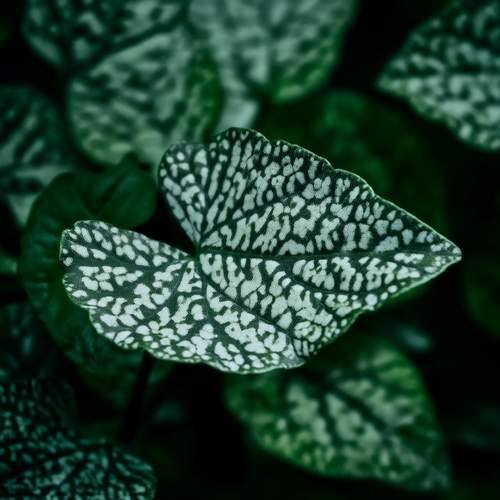
By /May 21, 2025